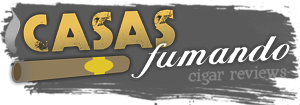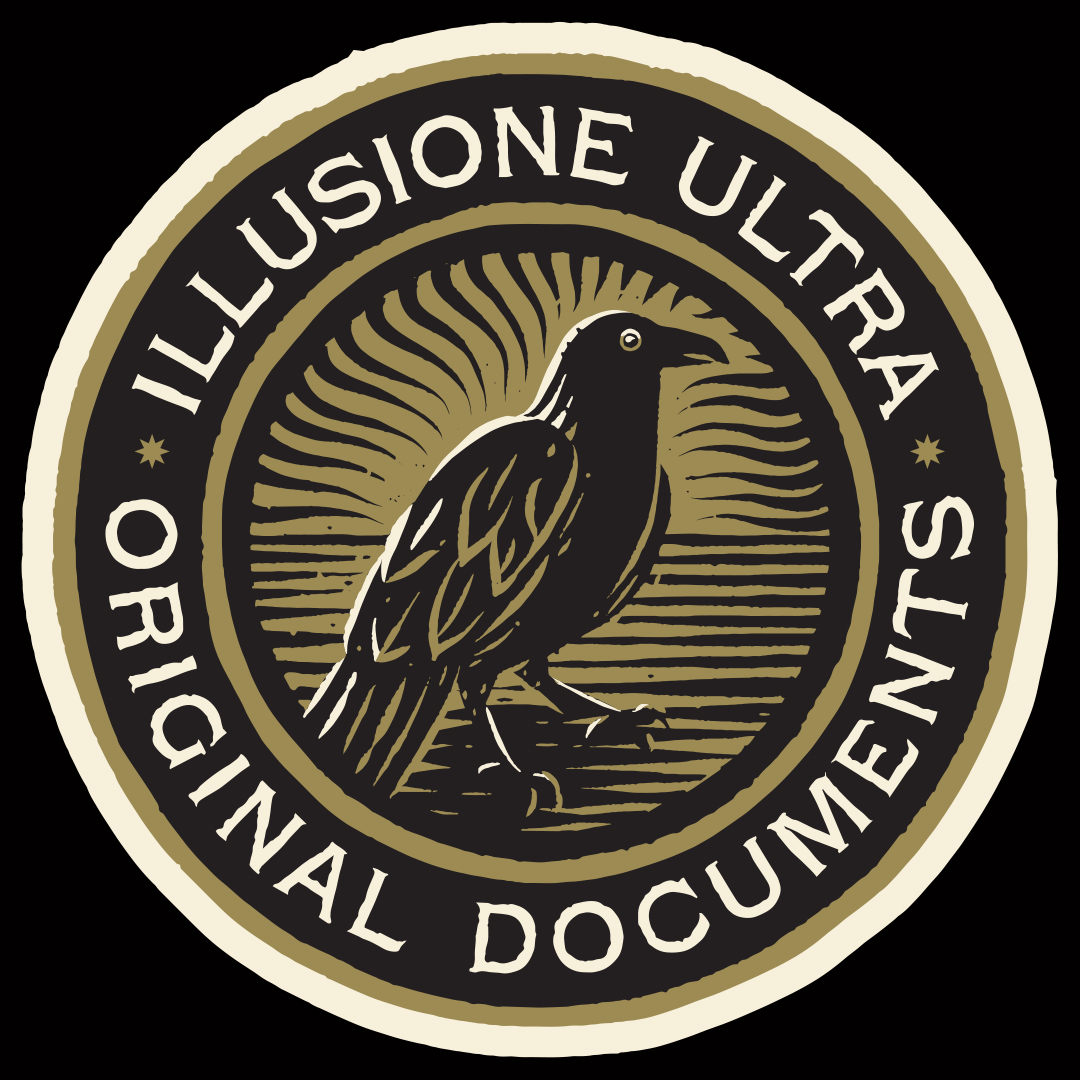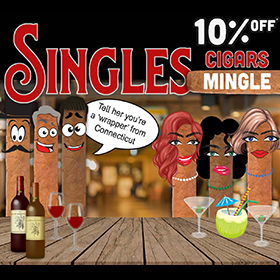Event Coverage
Drew Estate Cigar Safari 2013 – Days 1 – 2
It’s been a little over a week since I have made my return from Nicaragua and I still don’t think I am all here mentally. This is the second time that Drew Estate has kindly opened it’s doors to us bloggers. You can read all about my first trip here: Day 1 – Day 2 – Day 3
I am going to do something slightly different this time around. Instead of splitting it up between 3 separate posts I am going to try to generalize the trip and pack it all into two different posts, combining a few of the days. I hope you guys are ready to read!
This trip included:
Me
Dan Reeve from Cigar Press
Jay L. from Cigar Photo
Ben Lee from Stogie Review
Brian Hewitt from Stogie Review
Stace Berkland from Leaf and Grape
William Cooper from Cigar Coop
Craig Vanderslice from Cigar Craig
Stephen Ross from Tobacconist Magazine
And Johnny Brooke’s little brother, the Vet.
Day 1:
The first day was travel day. Since I was flying in a bit further than the other guys I had stayed in Houston the night prior. I met up with Ben Lee at the airport. We shared a romantic breakfast before our 4 hour flight to Managua. We were scheduled to get in before the rest of the guys flying in from Miami, but we were delayed and they were all already there along with Pedro, our Drew Estate tour guide, waiting. Within minutes from landing in Nicaragua we were packed into the bus, handed Liga Privadas and on our way!
We had lunch at this incredible outdoor restaurant. Steak, potatoes, plantains, veggies, salad, and lots of Tona (Nicaraguan beer). We were met there by Jose Blanco of Joya de Nicaragua, Dr. Alejando Cuenca from Joya de Nicaragua, Steve Saka from Drew Estate, Willy Herrera from Drew Estate, Johnny Brooke from Drew Estate, and Jessie Flores from Subculture studios. The food was excellent and the conversation and company were even better. After a long lunch we were off to Esteli.
Esteli is about 2 – 2.5 hours north of Managua. The bus ride is interesting as it gives you plenty of time to take in the sights, sounds, and smells of Nicaragua. Rain season is just around the corner so many of the roads had small fires going just off to the side of them. Most of these fires were created to burn trash and debris before the moisture moved in. The Nicaraguan roads were also covered in kids playing soccer, locals selling fruits, and tons of stray cattle and dogs.
Upon our arrival to the Drew Estate factory we were sent off to settle into our rooms ( I shared mine with Jay ) before eating a nice, hearty dinner and a relaxing evening at the Drew Estate poolside lounge. Steve Saka, Jose Blanco, and Pedro joined us. We also had the pleasure of participating in a rum tasting showcasing each different blend of the Nicaragua created “Flor de Cana” rum. I’m not much of a rum guy but I really enjoyed getting to try each blend. The 12 year had to be my favorite. After a nice relaxing evening we all went to bed early as we knew how big of a day we had a head of us tomorrow.
[nggallery id=1]
Day 2:
Anyone who has been on this trips knows how important it is to get a good night rest, which I still feel bad for. Seems like I kept Jay up with my snoring the night prior, but we all woke early and after having a nice breakfast, headed out to Oliva Tobacco Company’s farm, “Finca la Joya” or The Jewel Farm. Last year we didn’t get to see much of the farms so we were all pretty excited. Oliva Tobacco Company is not to be confused with Oliva Family Cigars. Oliva Tobacco Company is actually one of the largest tobacco growers in the world alongside ASP and the Plasencia Family.
We spent the first leg of the tour checking out their curing barns. Basically when tobacco is pulled from the plant it gets transported to these huge barns where they are then sorted by texture and size before being hung in twos across large rods. Workers then take these rods and hang them from the ceiling down to about 3 – 4 feet from the ground (Note: They will never touch the ground during this process). The tobacco stays in these barns for a number days while the tobacco begins to cure and dry out. We actually got to see a barn that contained tobacco that was above the humidity desired for the curing process. In this barn there was small pits dug into the floor which contained large amounts of burning charcoal which is used to draw the humidity out of the leaves.
After the curing process the tobacco is packed up and sold off to various companies or stored to carry forth through other various processes. One interesting fact I picked up while we were at the field was that during the tobacco off-season the farm actually plants red beans in place of the tobacco. These plants release nutrients into the soil which then carry over to the next batch of tobacco the following season.
From the farm we headed to Oliva Tobacco Company’s sorting and fermenting facility. This place is HUGE. After months (and sometimes years) of storage, tobacco is taken here where it is fermented, sorted, and then sold off or stored.
Once the tobacco comes in the door it is sorted yet again by size, type, and texture. They are then bunched into “hands” of tobacco (containing around 10 leaves) and then stacked into massive stacks called “pilons”. Pilons are about 3 feet wide and about 4 feet tall weighing around 5000 lbs. each. Inside the pilons the tobacco with start to generate heat causing the tobacco to ferment. The fermentation process is a tedious one. The pilons are monitored for temperature daily and once the tobacco reaches a certain temperature (different depending on tobacco type and desired outcome) the pilon is then broken down and resorted, and rebuilt disbursing the heat to other leaves in the stack. This process happens many, many times. It’s insane how hot the tobacco gets while it’s fermenting. In some cases well over 100 degrees. This process is actually known to spontaneously combust creating large fires if it isn’t handled properly.
Once the tobacco is ready it’s then sorted yet again, packaged up, and ready to sell or store before being rolled into the cigars that we all love. After a break for lunch we headed back out on the town. This time, visiting our friend over at the Joya de Nicaragua factory. You may remember this visit from last trip, but the factory was so different this time around. Joya de Nicaragua is in the midst of a huge change and it was insane seeing just how much they had changes over the last year.
First of all, if you look at the photos from last year you can see that the front of the factory was a bright yellow. This year we were greeted with a beautiful red brick. During a presentation at the factory we learned that the yellow paint was actually carefully chiseled off to showcase the original brick underneath. Not only was it pretty, but it held significance as well. Once you get closer to the brick you can actually see that much of it showcases burn marks and bullet holes. During Nicaraguan revolution Joya de Nicaragua was actually burned down as it was in the center of all the commotion. Since then the factory was completely rebuilt from the inside out.
Letting the true colors show is only one step to the regeneration process. The company recently picked up the master blender Jose Blanco and Joya de Nicaragua has also changed hands and is now in the hands of Dr. Cuenca’s son, Juan Martinez. Juan’s professionalism and young blood is being strung through the factory, the marketing, and pretty much every factor of the company. We got to spend some time with Juan and his marketing team and I can personally say that I love the direction this company is heading. Keep your eye on them.
The Joya de Nicaragua factory tour was conducted once again by Jose Bland and Mario Perez, the head of production at the factory. As stated earlier, the tour started out with a presentation by the staff that demonstrated Joya de Nicaragua’s roots and where the company is headed. We also got to take a sneak peek at a room we didn’t see on our last tour. This room was filled with every blend, exclusive, and historical release that Joya de Nicaragua has gotten then hands on including a box of Joya de Nicaragua from 1970.
We then took a look at the production floor. Why the floor looked similar to the way it did last trip, with the exception of new paint and touch-ups as well as a raised roof with lots of new natural light being brought into the building. After the production floor we quickly toured the sorting facility which is combined with their packaging department.
After the tour we were brought to an outside facility for one of Jose Blanco’s world famous blending seminars. Jose had us smoke multiple “puro” cigars (cigars made with only 1 tobacco type) while sharing out thoughts on the blend, burn, body, strength, and even guessing the ago, tobacco type, and country of origin. Needless to say, I bombed that. No matter how much we think we know about cigars, it’s always humbling to be part of these seminars. We finished the Joya de Nicaragua factory tour off with a “Nicaraguan shot” which was basically a shot of Nicaraguan rum chased with mango dipped into spicy chili and salt. The rum was good, but I went a bit crazy with the salt. It’s all I could taste for a few hours.
We headed back for dinner at the Drew Estate Factory and was greeted by the presence of Jonathan Drew. We were also surprised with a full pork roast (apple in the mouth and everything) and live Mariachi’s. We had a few drinks by the pool before calling it a night. We had another early morning ahead of us.
[nggallery id=2]
























4 Comments